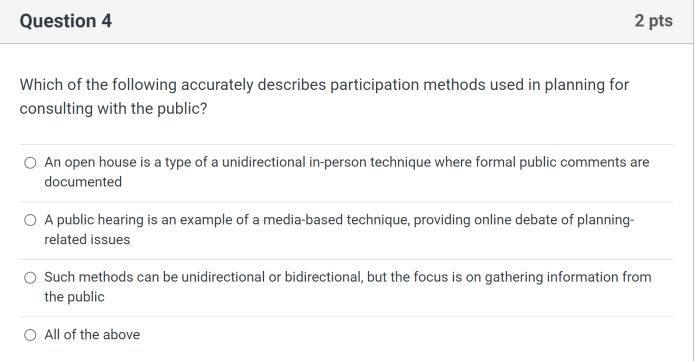Which of the following accurately describes preemptive multitasking? This question opens the door to a fascinating exploration of a multitasking method that has revolutionized computing. Preemptive multitasking, with its unique characteristics and wide-ranging applications, has become an indispensable tool in the modern technological landscape.
Preemptive multitasking empowers the operating system to seize control of the processor from a running process, even if the process is not ready to relinquish it. This decisive action ensures fairness and responsiveness by preventing any single process from monopolizing system resources.
It also enhances overall system performance by prioritizing tasks based on their importance, optimizing resource allocation, and minimizing waiting time.
Definition of Preemptive Multitasking

Preemptive multitasking is a multitasking technique in which the operating system (OS) has the ability to interrupt the execution of a task and switch to another task that has a higher priority.
This differs from cooperative multitasking, where tasks must voluntarily give up the CPU to allow other tasks to run.
Advantages of Preemptive Multitasking
- Improved system performance: By allowing higher-priority tasks to interrupt lower-priority tasks, preemptive multitasking ensures that the most important tasks are completed first.
- Enhanced responsiveness: Users experience faster response times as the OS can quickly switch between tasks, giving the illusion of simultaneous execution.
- Fairness: Preemptive multitasking ensures that all tasks have an equal opportunity to use the CPU, preventing any single task from monopolizing resources.
Disadvantages of Preemptive Multitasking
- Increased system overhead: Preemptive multitasking requires additional overhead for task scheduling and context switching, which can impact system performance.
- Potential for task starvation: If a task with a very high priority continuously interrupts other tasks, it may prevent them from making progress.
Applications of Preemptive Multitasking
Preemptive multitasking is commonly used in operating systems, real-time systems, and embedded systems where responsiveness and fairness are critical.
Examples include:
- Desktop and mobile operating systems (e.g., Windows, macOS, Android, iOS)
- Embedded systems in automotive, medical devices, and industrial automation
- Real-time operating systems for controlling critical systems such as air traffic control and power plants
Comparison with Other Multitasking Methods, Which of the following accurately describes preemptive multitasking
| Feature | Preemptive Multitasking | Cooperative Multitasking | Time-Slicing |
|---|---|---|---|
| Task Control | OS interrupts and switches tasks | Tasks voluntarily yield CPU | OS allocates time slots to tasks |
| Responsiveness | High | Low | Moderate |
| Fairness | Ensured | Not guaranteed | Limited |
| System Overhead | Higher | Lower | Moderate |
Design Considerations for Preemptive Multitasking
Implementing preemptive multitasking requires careful consideration of several factors:
- Task scheduling algorithms: Algorithms that determine which task should run next, such as priority-based or round-robin.
- Priority mechanisms: Mechanisms for assigning priorities to tasks, such as static or dynamic priorities.
- Synchronization techniques: Techniques for ensuring that shared resources are accessed safely and without conflicts, such as semaphores and locks.
FAQ Resource: Which Of The Following Accurately Describes Preemptive Multitasking
What is the key difference between preemptive and cooperative multitasking?
Preemptive multitasking allows the operating system to take control of the processor from a running process, even if the process is not ready to relinquish it, while cooperative multitasking relies on the process itself to voluntarily yield control.
What are the advantages of using preemptive multitasking?
Preemptive multitasking offers several advantages, including improved system performance, enhanced responsiveness, and fairness in resource allocation.
Can preemptive multitasking lead to any drawbacks?
While preemptive multitasking is generally advantageous, it can potentially increase system overhead and introduce complexities in task scheduling.


